Veterinary Clinic
Turn Pet grooming into bonding time!
We all want our pets to look and feel their best as pet owners. Regular pet grooming not only keeps your pet’s physical appearance in good shape, but it also plays an important role in their overall health and well-being. In this blog post, we will discuss the significance of pet grooming and offer helpful advice on how to establish a grooming routine that will ensure your furry friend’s happiness and comfort.
The Advantages of Pet Grooming:
Pet grooming provides numerous advantages that go beyond aesthetics. Here are a few key advantages:
- Improved Coat Health: Regular brushing removes dirt, debris, and loose hair, promoting a healthy and shiny coat. It also aids in the distribution of natural oils, preventing matting and promoting better circulation to the skin.
- Early Detection of Skin Issues: During grooming sessions, you have the opportunity to closely examine your pet’s skin for any abnormalities, such as rashes, infections, or growths. Early detection can result in prompt treatment and prevention of more serious conditions.
- Nail Care: Trimming your pet’s nails not only prevents discomfort and potential injuries but also promotes proper posture and prevents joint issues that may arise from overgrown nails.
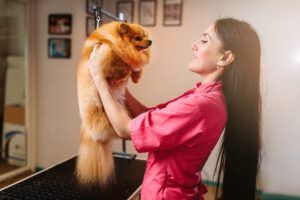
Establishing a Pet Grooming Routine:
The frequency of grooming is determined by several factors, including your pet’s breed, coat type, and individual needs. Here are some general guidelines:
- Brushing: Most dogs benefit from regular brushing, which should take place once or twice a week. Brushing daily is recommended for breeds with longer or thicker coats to prevent matting and tangling.
- Bathing: Dogs should be bathed every 4-12 weeks, depending on factors such as coat type, outdoor activities, and overall cleanliness. Over-bathing can strip natural oils from the skin, so it is important to strike a balance.
Providing a Relaxing Bathing Experience:
When bathing your dog, it is critical to prioritize their comfort and safety. Consider the following:
- Water Temperature: Dogs prefer lukewarm water for baths. Avoid extreme temperatures, as they can cause discomfort or stress.
- Shampoo Selection: Choose a high-quality, pet-friendly shampoo that suits your dog’s specific needs. Consult your veterinarian if your pet has any skin conditions or allergies.
- Post-Bath Comfort: After the bath, ensure your dog is thoroughly dried with a towel or a low-heat blow dryer. Avoid leaving them in drafty areas to prevent chilling.
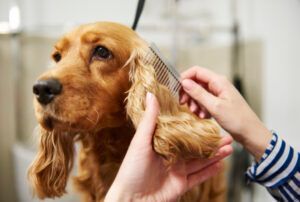
The Scent Dilemma: Why Dogs May Smell After a Bath:
It’s not uncommon for dogs to develop a distinct odor shortly after a bath. This can occur due to various reasons, including:
- Natural Oils: After a bath, dogs may produce more natural oils to replenish what was washed away, resulting in a temporary smell. This is a natural process and typically resolves within a day or two.
- Bacterial Overgrowth: In some cases, excessive odor may indicate an underlying skin problem, such as a bacterial or yeast infection. If the odor persists or is accompanied by other symptoms, consult your veterinarian for a thorough examination.
What are you waiting for? Time to pamper your pet!
Pet grooming is an essential aspect of responsible pet ownership, providing numerous benefits to both the physical and mental well-being of your furry friend. Whether it’s regular brushing, bathing, or nail care, a consistent grooming routine promotes a healthy coat, early detection of potential issues, and a stronger bond between you and your pet.
For professional and compassionate pet grooming services, trust the Petinary Clinic. Contact us at (608) 255-1239 or visit our clinic located at 1014 Williamson St., Madison, WI 53703. Our experienced team will ensure that your pet receives top-quality grooming.

Understanding the Risks Associated with Outdoor Cats and the Vital Role of Your Trusted Veterinarian
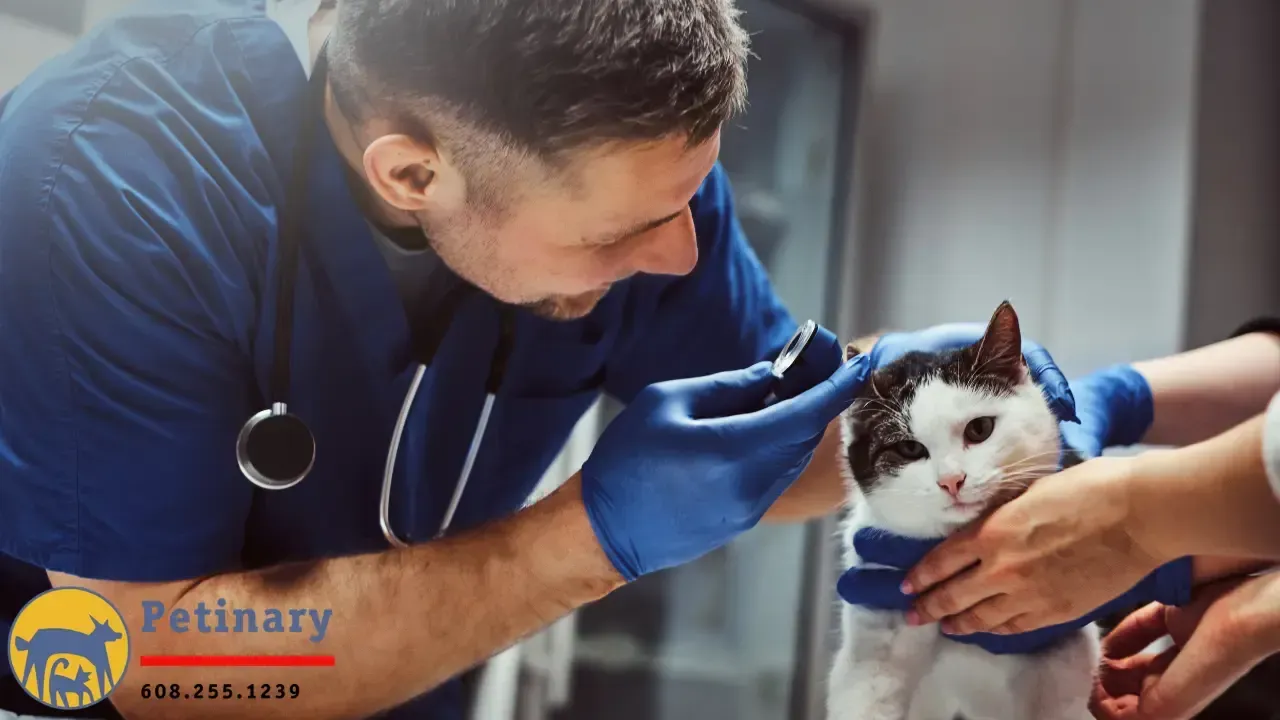
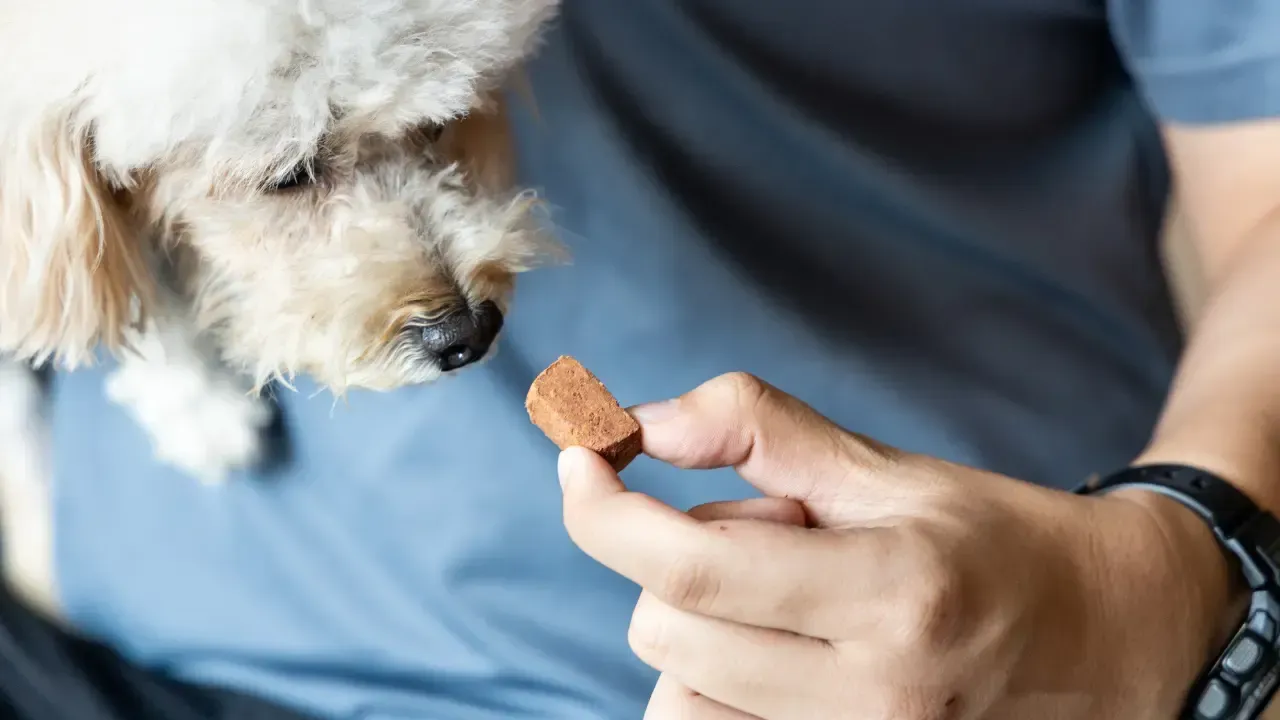

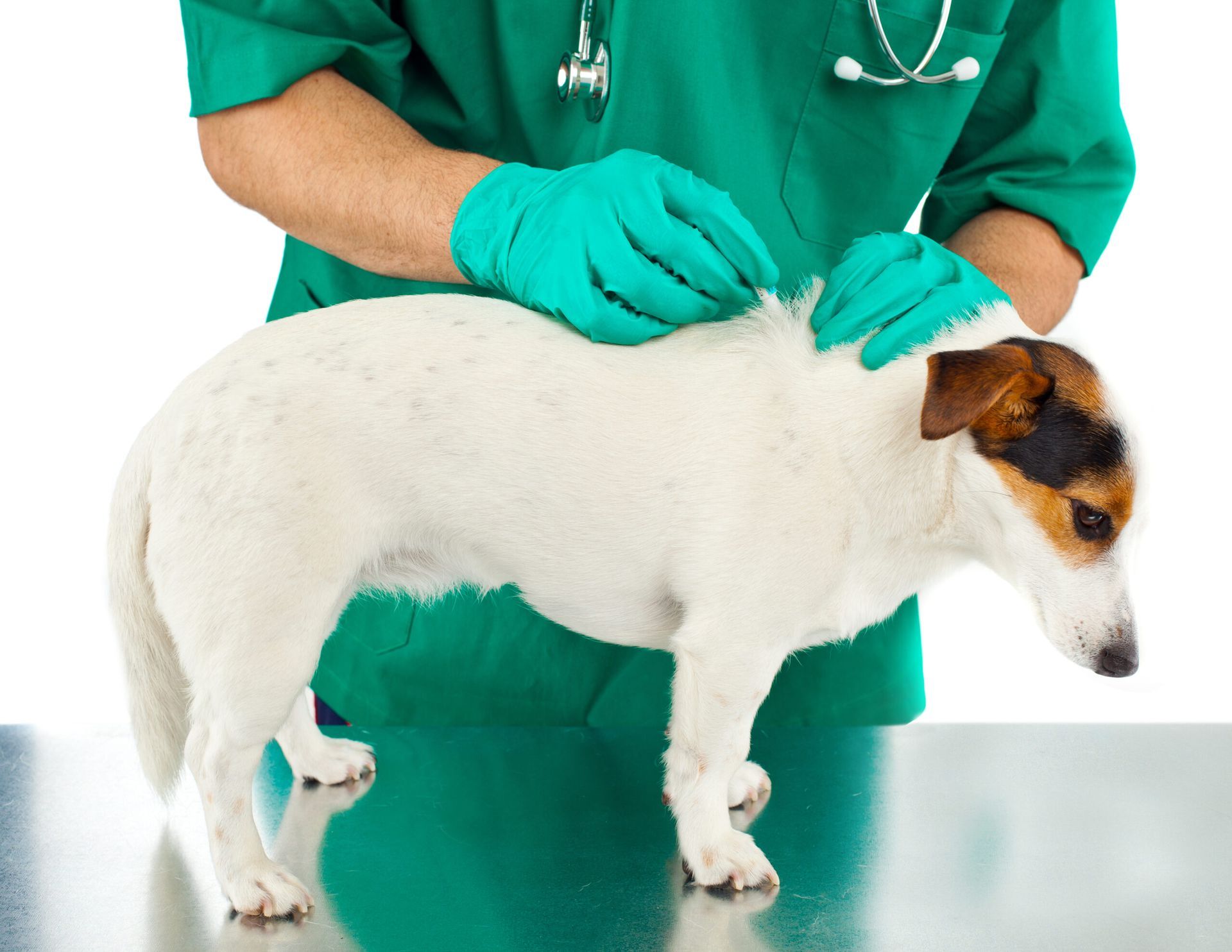
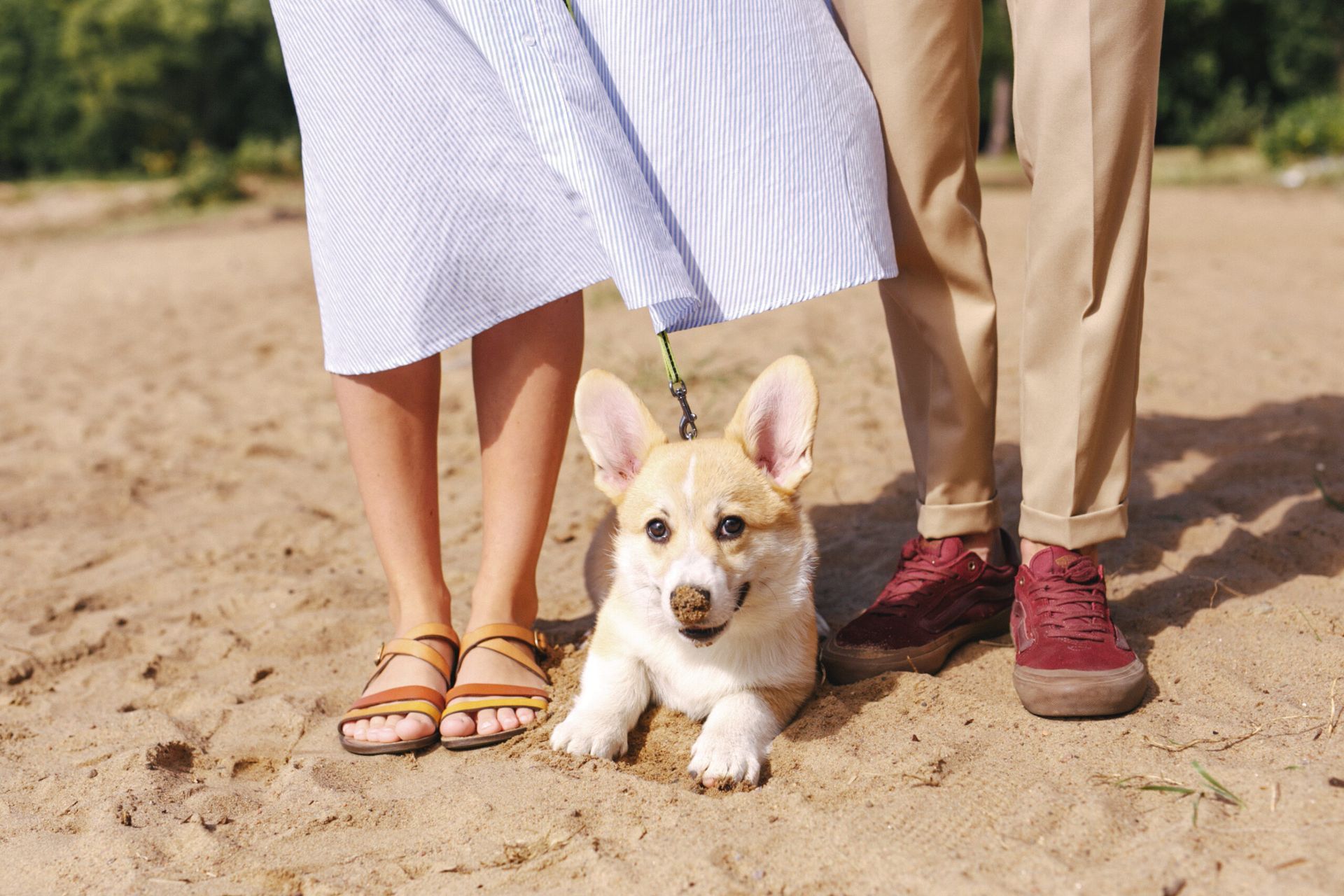
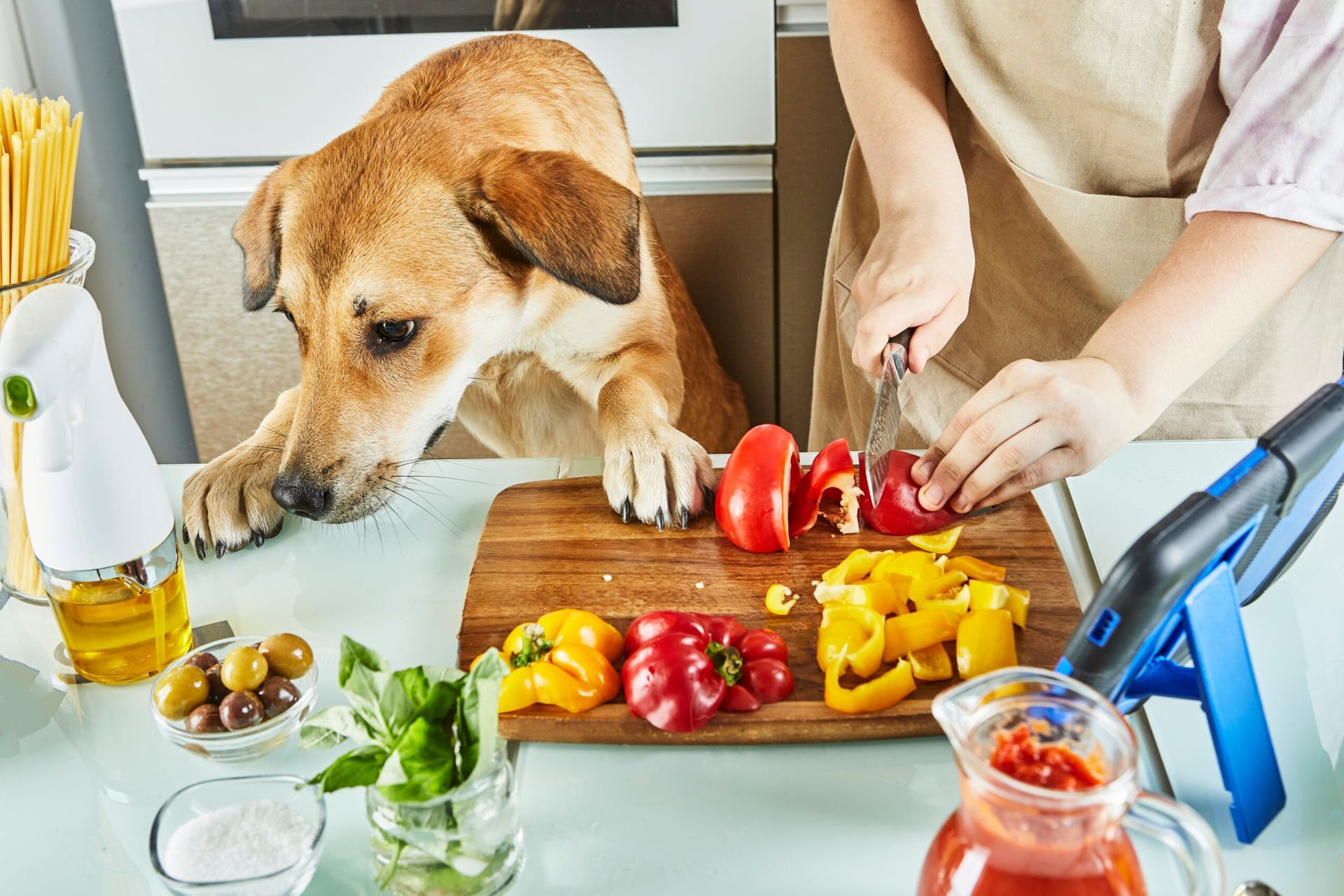
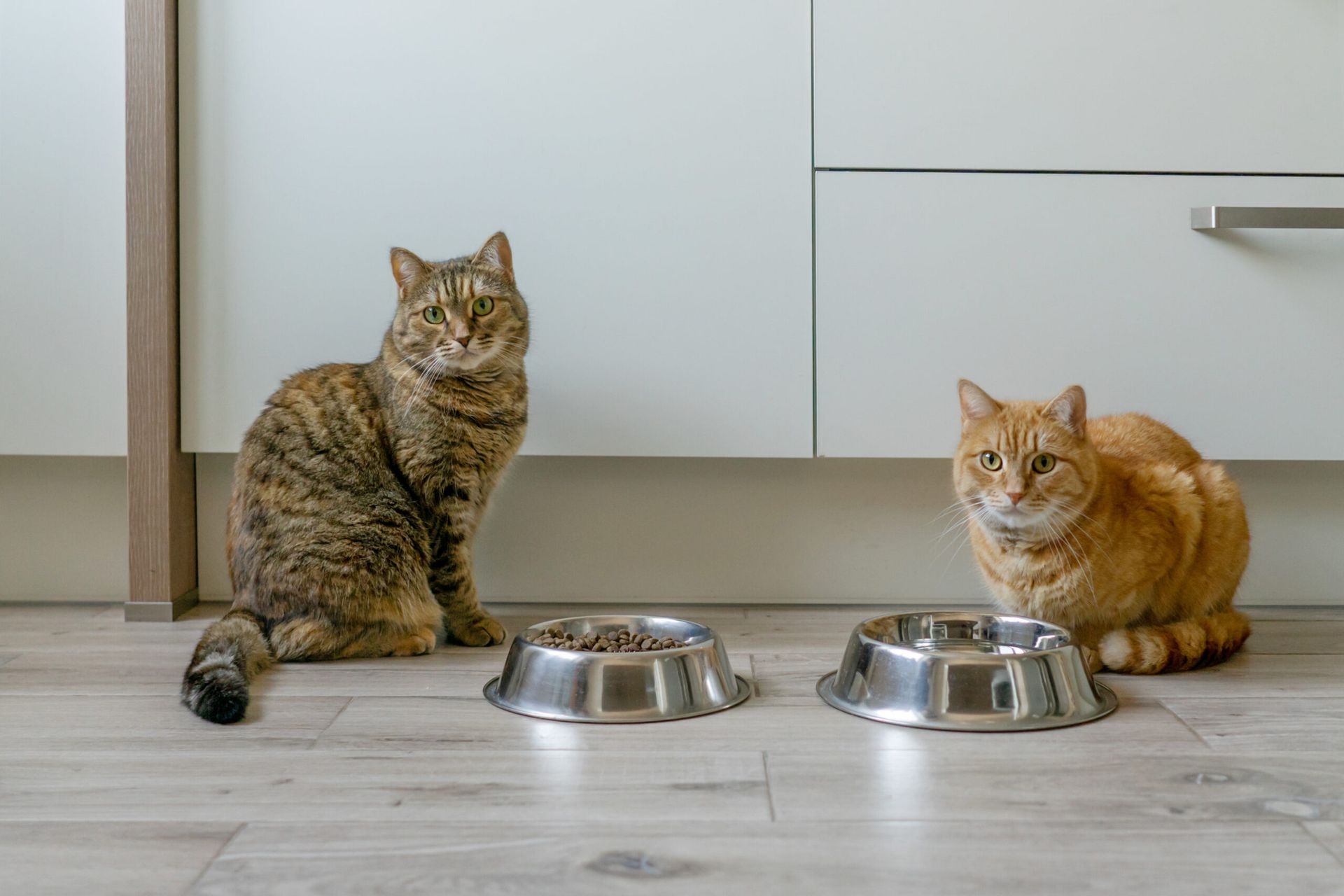

Visit Us
Business Hours
- Mon - Fri
- -
- Saturday
- -
- Sunday
- Closed
All Rights Reserved | Petinary
